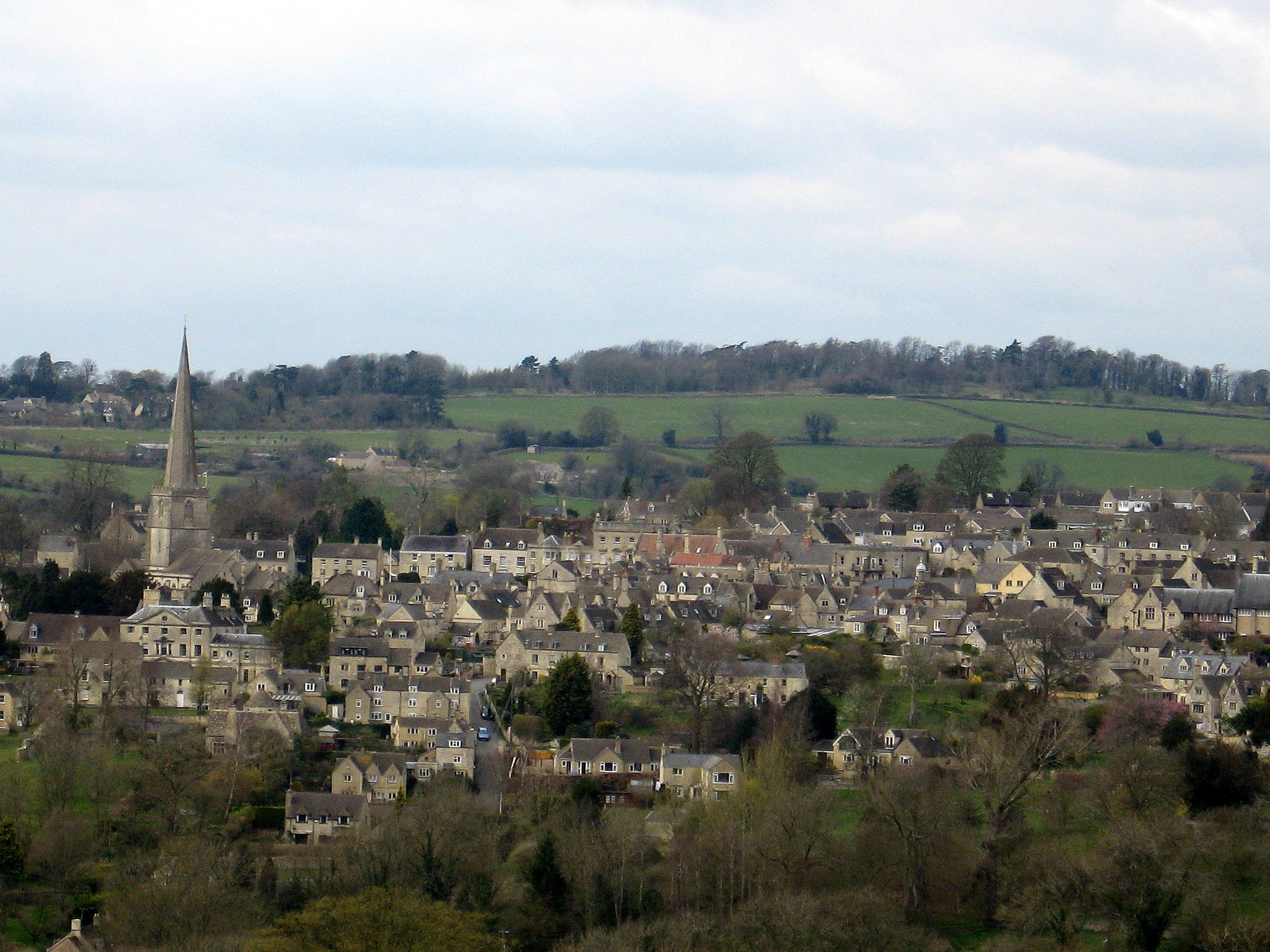Introduction
Painswick is a small town in Gloucestershire, England. Originally, the town grew on the wool trade, but it is now best known for its church”s yew trees and the local Rococo Garden. The town is mainly constructed of locally quarried Cotswold stone. Many of the buildings feature South facing attic rooms once used as weaver’s workshops.
Geographically Painswick is situated on a hill in the Stroud district, overlooking the Stroud valleys. Its narrow streets and traditional architecture make it the epitome of an English village. There is a golf course near Painswick Beacon.
History
There is evidence of settlement in the area as long as the Iron Age. This can be seen in the defensive earthworks atop nearby Painswick Beacon, which have wide views across the Severn Vale. The local monastery, Prinknash Abbey, was established as long as the 11th century.
During the first English Civil was (1642-1645) Gloucester was a Parliament stronghold of some strategic importance. Consequently it was surrounded by forces loyal to the king, After the siege of Gloucester was broken on September 5, 1643, the Royalist army, which had been surrounding the city, encamped overnight at Painswick. Some damage was caused by the troops and a scar from two small cannonballs can still be seen on the tower of St. Mary’s church.
Local Traditions
A traditional custom held on the nearest Sunday to September 19th is the annual “clipping ceremony” when local children wear flowers in their hair, join hands and embrace St Mary’s Church. Its is thought to be rooted in Pagan ritual. The name “clipping” is thought to have derived from the Anglo-Saxon word “Clyppan” meaning “to embrace”, and has nothing to do with the pruning of the church’s yews.
Folklore holds the churchyard will never have more than 99 yews trees and that should a 100th grow the Devil would pull it out. According to the V&A a count of the trees showed there to be 103.
While Royalists were encamped in Painswick, tradition has it that King Charles went up to the Beacon and, seeing the beautiful valley to the east said “This must be Paradise”. Since then that valley, and the hamlet on its western side to the north of Painswick has been called Paradise.
School
Painswick has only one school, The Croft Primary School. The school is a Community School for children aged 4 to 11 and is secular and Co-educational.
Discover more from LandmarkLocation.com
Subscribe to get the latest posts sent to your email.

